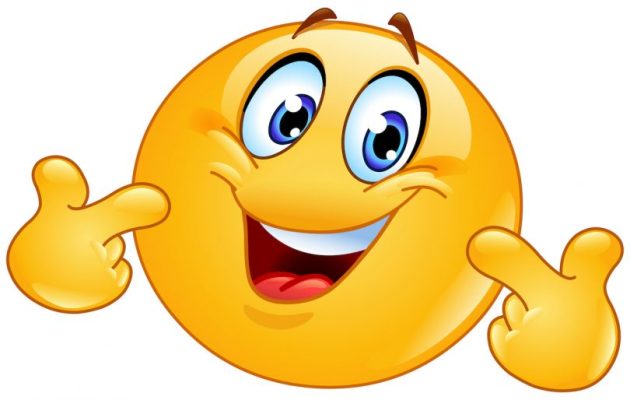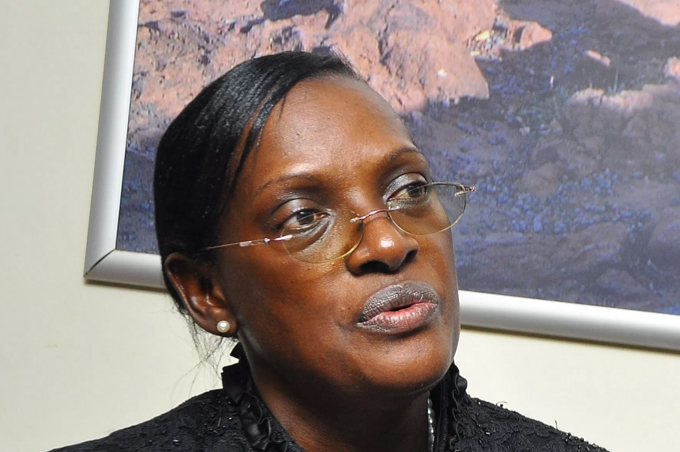The use of emojis has found its way into formal communication.
But recent developments have unexpectedly demonstrated that what was originally perceived as jokes are being taken seriously. The same way comedy was underrated in the past, only to earn a glorious place in the entertainment industry.
Emojis are shorthand communication tools used in electronic messages. They appear as facial expressions, weather symbols, places and animals, among others. With the increasing use of electronic communication — WhatsApp, Twitter, Facebook and emails — nearly everyone is making use of the symbols.
Expressing feelings
In Kenya, the use of emojis is not a new phenomenon with social media users. You are probably using it often, and even leaders and scholars have not been left out as they employ the symbols in expressing feelings or giving graphic illustrations of what they intend to communicate.
Sometimes, Jubilee Party Secretary General Raphael Tuju uses emojis to chide the party critics. Economist and former NASA coalition strategist David Ndii is fond of using emojis to lampoon his critics or to criticise developments he does not support.
Institutions such as Kenya Commercial Bank, Safaricom and other giant institutions driving key sectors are also fond of using emojis in their social media pages.
Safaricom Kenya Official page once responded to a tweet by using an emoji showing an indifferent facial expression. The client had jokingly complained that every time he tried texting a beautiful girl, he got no response. Safaricom responded, saying, “Hi, have you tried less beautiful girls? Your standards may be the cause of the problem. Share feedback for assistance.” The response was followed by the emoji.
Considering the historical western influences that have shaken Kenya, the introduction of emojis in academia cannot be dismissed. We have western education, healthcare and even religion among other influences as living testimonies that the wind of change reaches every corner of the universe.
In Europe, emojis have already been introduced as a course in universities. The trend has been set and it is a matter of time before other countries follow suit. A university in the UK, One University, is the first institution of higher learning to introduce the study, with scholars comparing them to Hieroglyphics in linguistic studies. Hieroglyphs refer to characters employed in pictorial writings and traces its origin to ancient in Egypt.
According to Philip Seargeant, a lecturer at the university, emojis are changing how people communicate, prompting their introduction into serious communication and study. Further, he argued that there was nothing unique about the introduction of emojis in study since they mirrored earlier forms of communication, including ancient pictorial representations.
“There is definitely a build-up of serious work being done about emojis and people studying it. I think in the past, people found it interesting to teach it as a slightly unusual youth culture type thing,” says Dr Seargeant.
The lecturer who has authored The Emoji Revolution predicted that emojis will finally evolve to become serious phonetic alphabets.
He praised the use of the symbols as adding emotional context in the modern fast-paced, text-based conversations.
“The study of emojis can be seen as frivolous and childish. But it is developing into a serious area of study. There is also research going on,” said Seargeant.
New vernacular
In what closely resonates with events locally, the lecturer said emojis spoke about the future of language, identity and modern politics and gave the example of the ‘tick’ symbol in listing the policies or promises that political leaders pledge to fulfill.
Other universities in the UK that have also introduced emojis include Edinburgh, Cardiff and King’s College London. The universities are using the emojis in studies in languages, psychology, marketing and political science.
But it is not only in studies that emojis’ value has been embraced. The US is also struggling with court cases where the use of the symbols shows up. Slate magazine reports that emojis were surfacing in court cases and attorneys were arguing on how to handle insinuations of the symbols as evidence.
“Many courts haven’t had to deal with emojis much, but the numbers are up and it will likely increase. Judges aren’t prepared for the influx, especially the older emojis, and may not be familiar with newer ones,” Slate quotes Vinson & Elkins partner Jason Levine, who has worked on such cases.
Statistics in the US indicate that cases where emojis are used as evidence rose from 33 in 2017, to 53 in 2018.
Further, even before 2019 ends, over 50 similar cases have been handled.
Among the cases include the conflicting interpretation when someone uses an emoji of a gun in conversation.
Other spheres of life that emojis have ventured into include sports.
Recently, Juventus football star Cristiano Ronaldo announced his comeback using a flexed bicep emoji. The player had been away following a knee injury.
Further, emojis have found space in the film industry and museums, with international media reporting that the original emoji had been placed at the Museum of Modern Art in New York with an expanded range headlining in a Hollywood film.
Credit: The Standard






